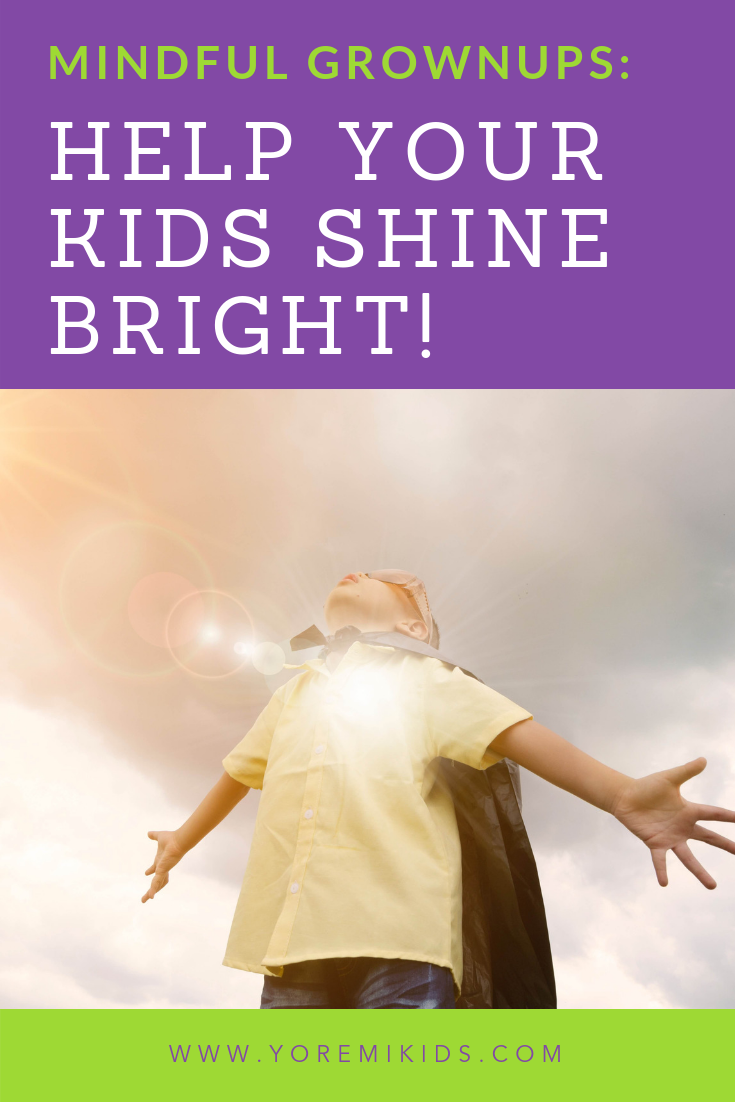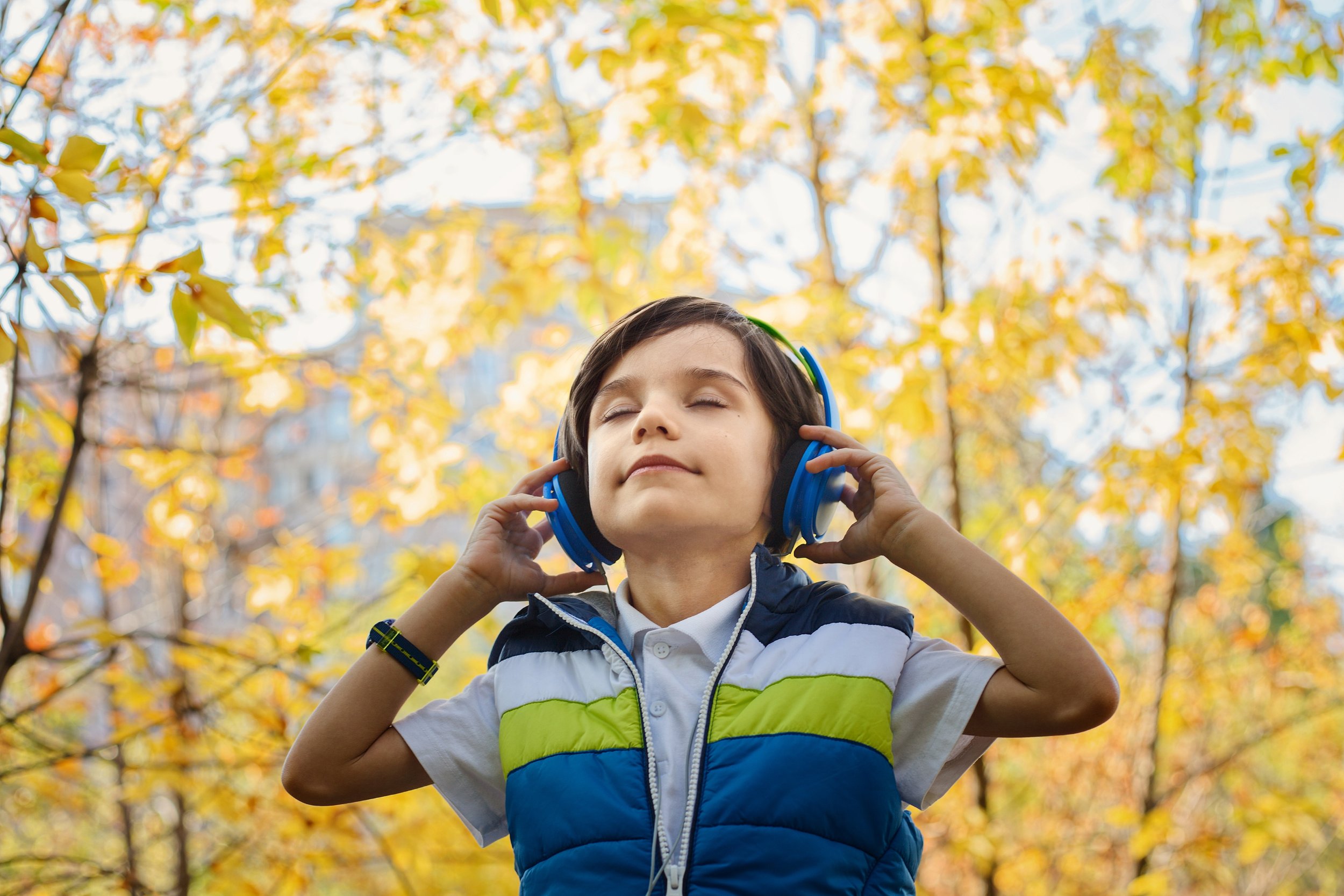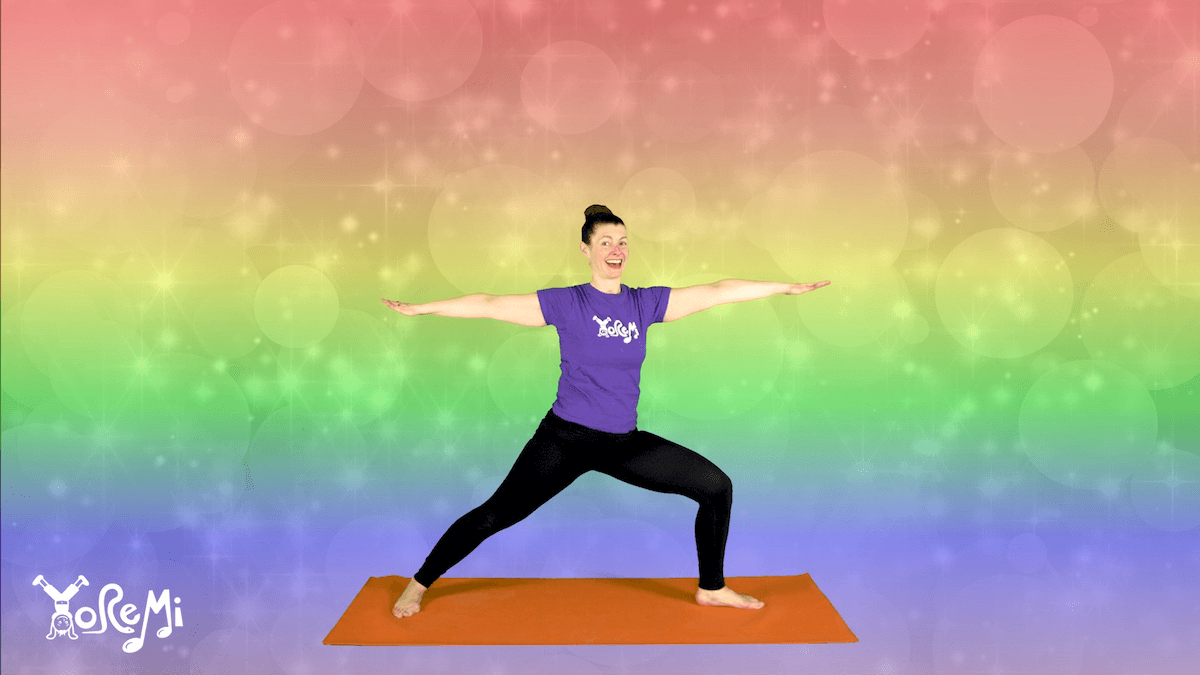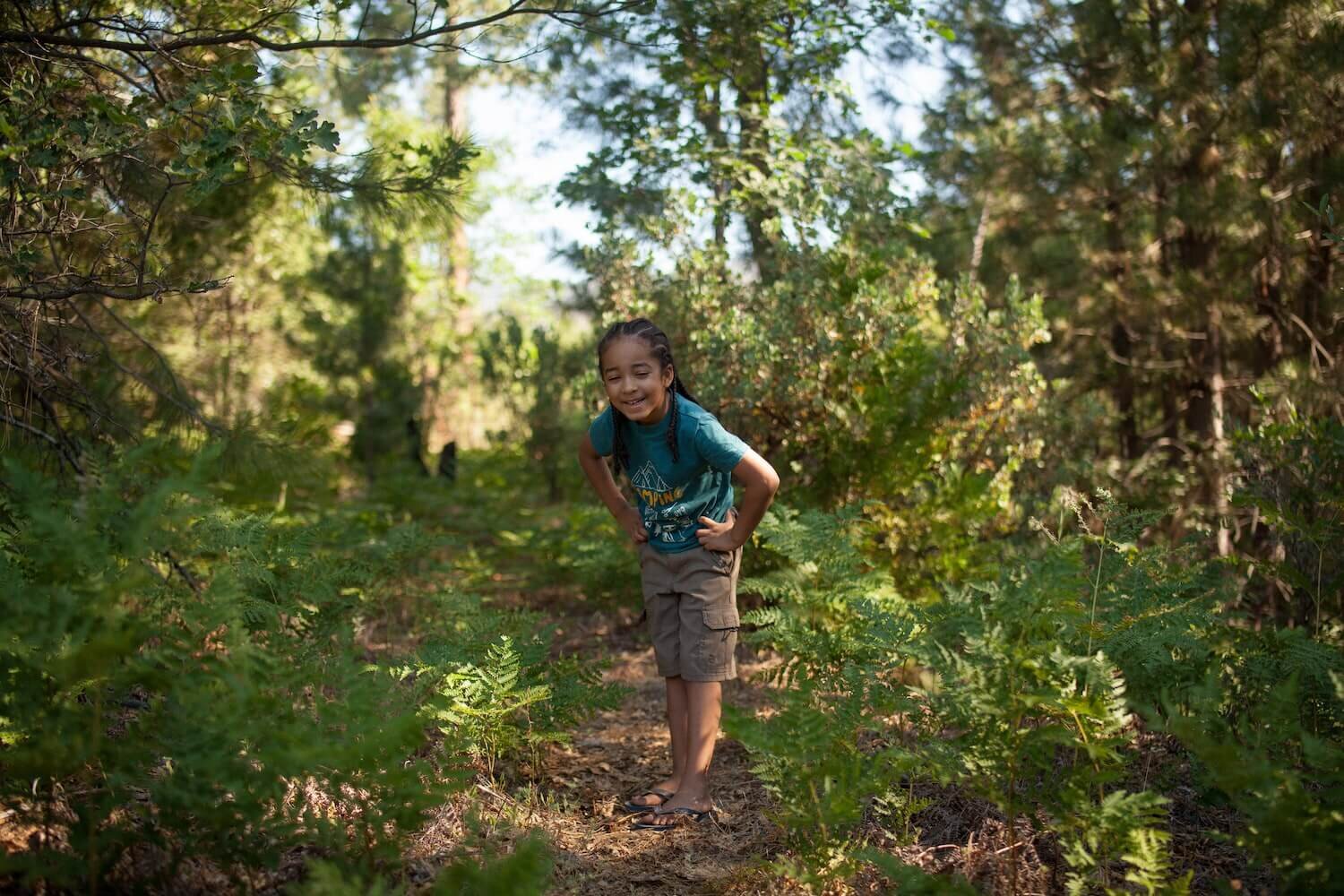How Grownups Can Help Kids Shine Their Inner Light
I often think of children as bright lights. They are full of energy, open and honest (sometimes embarrassingly so), eternally curious and can make anything fun and exciting. Watch the grass grow? Sure!
“Children are the light that lit the world.”
When we think of becoming a grown-up, that lightness changes. Sure, we can blame jobs, money, trauma, and just the stress of adulting for this shift but maybe it is something more.
Are we taught to dim our light along the way?
Can we both teach and parent children without the unintended side effect of dimming their light?
Can we grow up and shine even brighter?
With a mindful approach to supporting children’s innate wonder, creativity, emotional life and self-identity, we can encourage children to recognize their inner spark and let it shine bright for all to see. Here’s how we can better help children shine their inner light:
1. Teach Children How to Name Emotions
One key to self awareness is emotional literacy. According to Brene Brown, the average adult can only name three emotions - Happy, Sad, and Angry/Mad - but we should really know at least thirty. Developing empathy, creativity, and communication skills starts with knowing ourselves emotionally.
Read or share stories and ask, “How do you think (character) is feeling right now?”
Offer some additional observations, “I see they are frowning. What are you feeling when you are frowning?”
Play with different facial expressions and encourage children to come up with unique faces for emotions. We can show happiness by smiling, but we can show it other ways as well!
Recognize and accept that our emotional health requires acceptance of all emotions (there are no “good” or “bad” feelings); that every individual has a wide range of emotions. Avoid labeling children “a happy kid” or “angry all the time”, and instead focus on observations: “I see you smiling” or “You seem upset with what just happened.”
While some emotions may feel “light” or “dark,” they really can’t exist without each other.
Remind children that they are safe and loved no matter how they are feeling. Don’t just use words; demonstrate empathy, compassion and understanding, and allow yourself to be a mirror to the children who are still learning what all these feelings are.
It’s a new language - and an abstract one! But a child who is at peace with naming their emotions, in a safe, secure and supportive home or classroom, is likely to open up about how they are feeling, and that’s one way of letting their light shine.
TRY THIS: BREATHING BALL
Sit in a circle, at morning meeting, end of the day or anytime the class could use a check-in.
Pass the breathing ball around in a circle, have each child take a turn leading a round of breathing.
After leading a breath, each child takes a turn saying one word to describe how they feel.
2. Welcome Children’s Ideas and Say “YES!”
Sharing information is sharing light - which isn’t surprising that we frequently think of ideas using the imagery of light: a light bulb, a bolt of lightning, a spark, flash, the clouds parting to reveal the sun. In a safe and secure environment, children will feel encouraged to share their ideas and “shed some light”.
This can be nerve-wracking for some (“what if my ideas are no good?!”) and exciting for others (“I know what we can do!”), or include any multitude of other feelings.
Learning how to let children take the lead and listen to their ideas can be a great way to encourage creativity and risk-taking. The most important thing we can do is say “Yes.”
Saying “Yes” in the classroom
In our classes, we ask children for their input about the direction of our journey, what animals we might see, or what sounds those animals can make. There are no wrong answers.
We have to be sure to ask questions in a way which you are prepared to accept any answer. There’s nothing worse than risking to share your idea and having someone say, “No, not today.” That feeling may teach a child that their idea is no good, and maybe next time they’ll just keep that light inside.
3. Encourage Affirmations
As parents and teachers, we will always be working with our children to promote a growing emotional vocabulary and to encourage them to share their ideas. But sometimes, we need to know that these feelings are not only within us, but within our reach.
To that end, there is nothing more effective than telling yourself that you ARE something. It allows us to bring our amazing selves into the world, ready to interact with the environment around us - all the dreams, achievements, obstacles and risks we face - with our full potential, and ready for every moment.
When we say, “I shine my light,” it is a reminder that we CAN do that.
We might not always shine bright (and that’s OK!), but we can shine! When we say these things and others hear them, we are essentially passing the torch along to others, enabling them to recognize the same capacity and opportunity in themselves. It becomes a never-ending chain of light!
No matter what amazing work you are doing - raising children, teaching them, supporting children’s rights, advocating for ways to overcome challenges and creating new possibilities - you are sharing your light.
Work to ensure that you feel safe and secure, give yourself permission to take risks, and remind yourself of your strength, power, and capacity for kindness.
The best way to help others shine their light is to shine bright ourselves!
Share this post:













